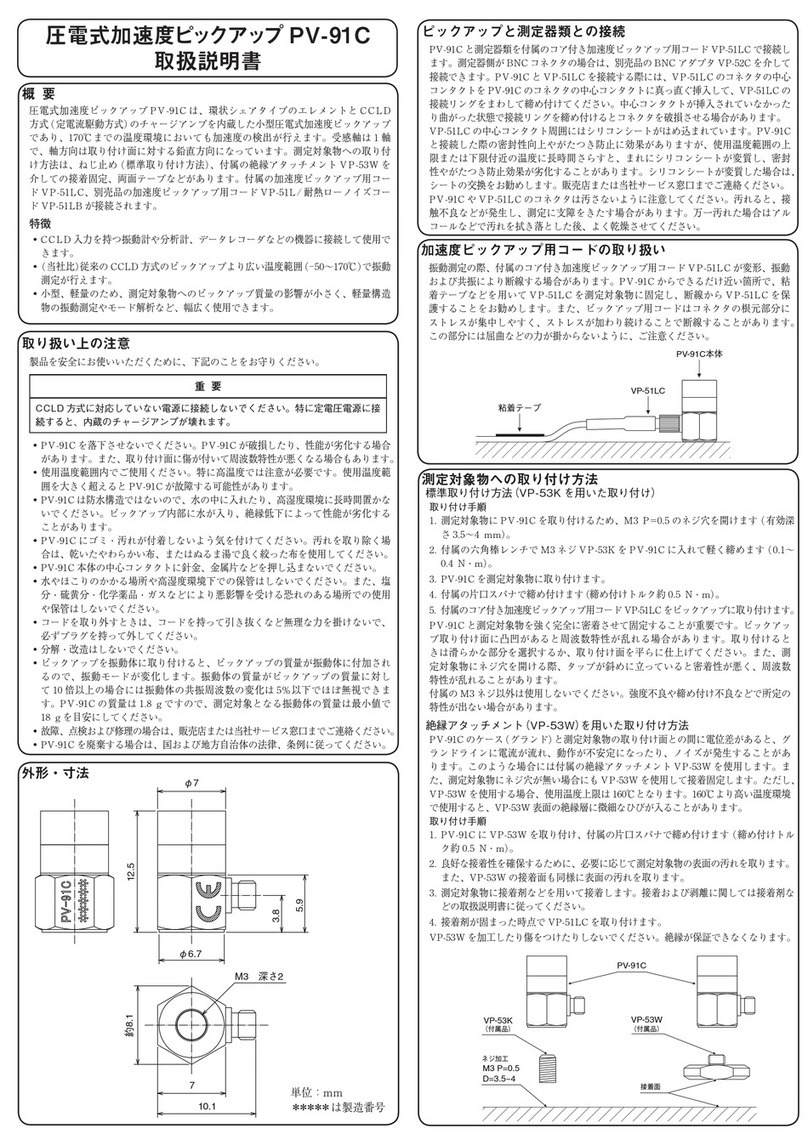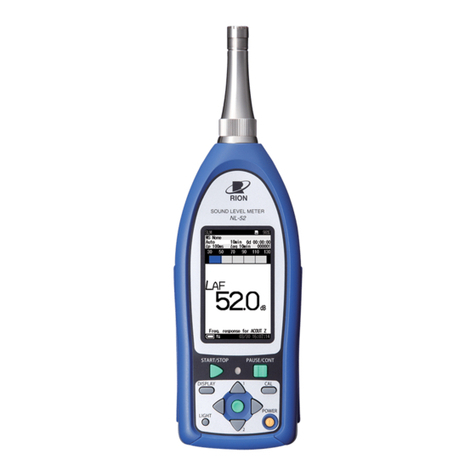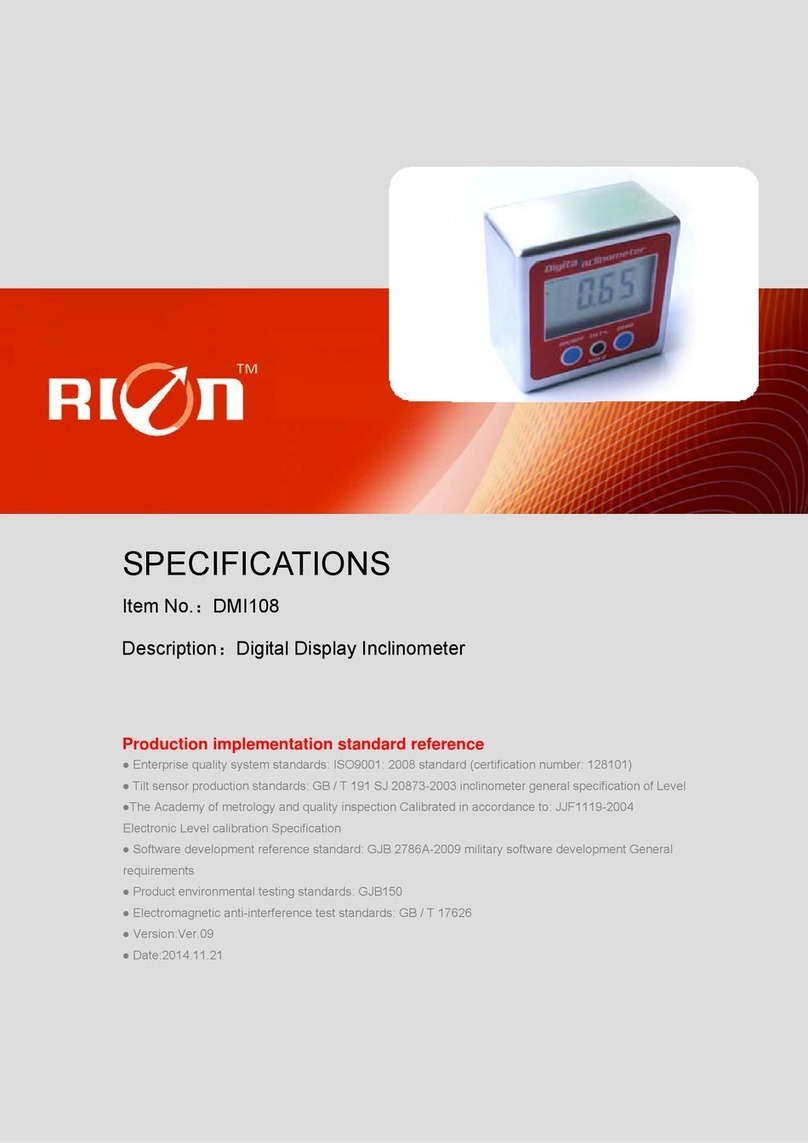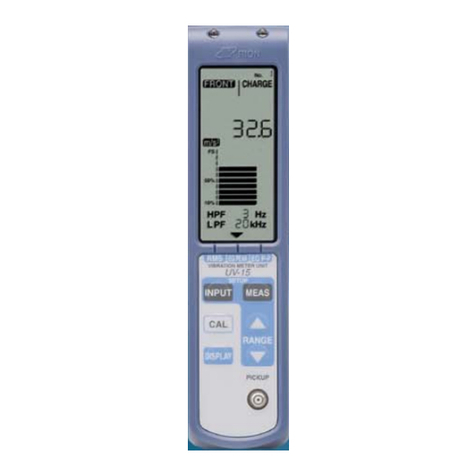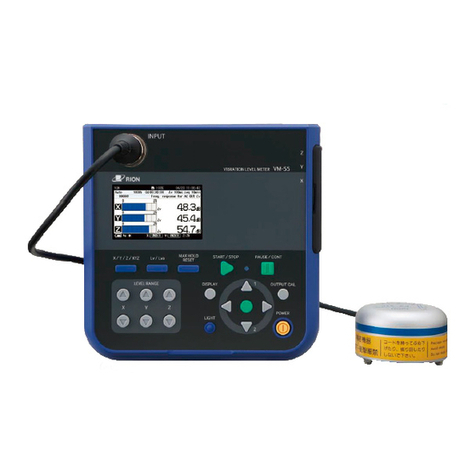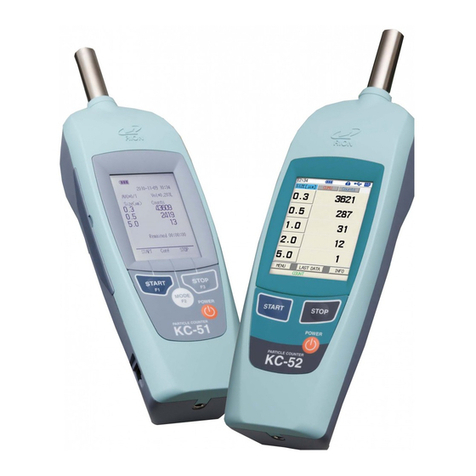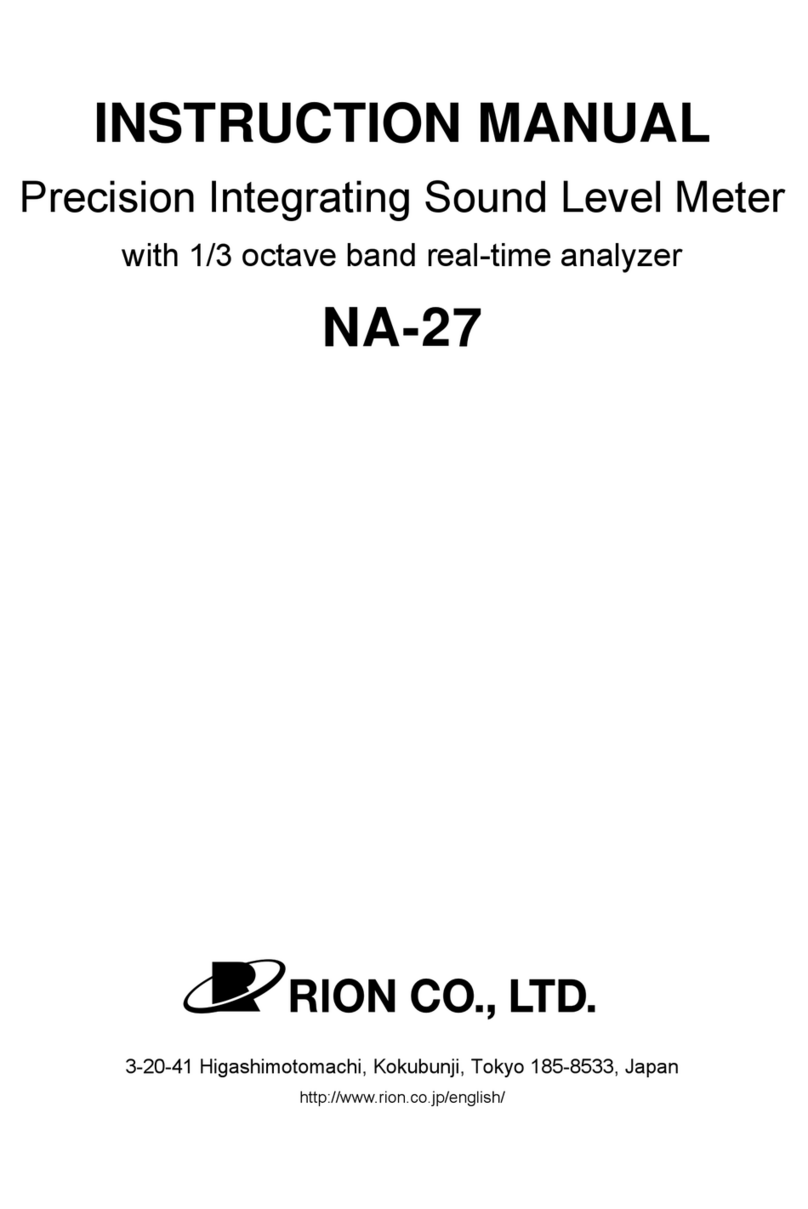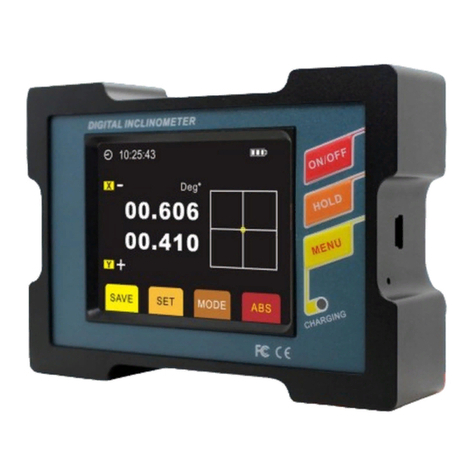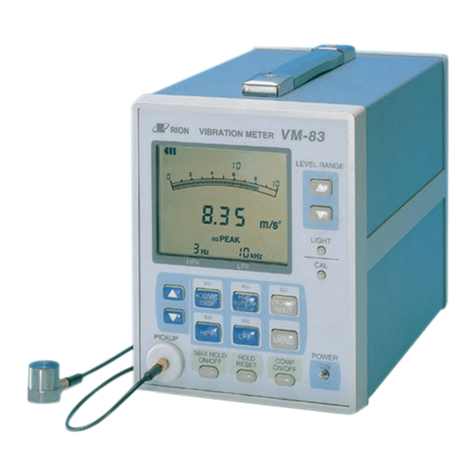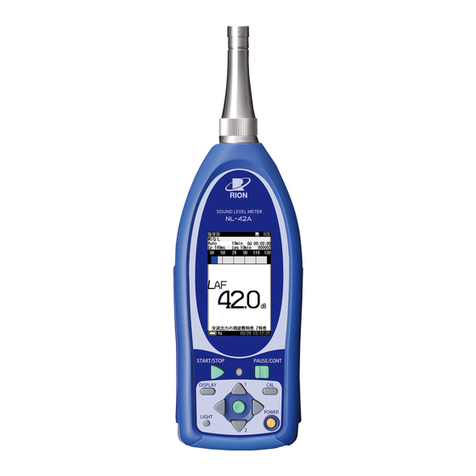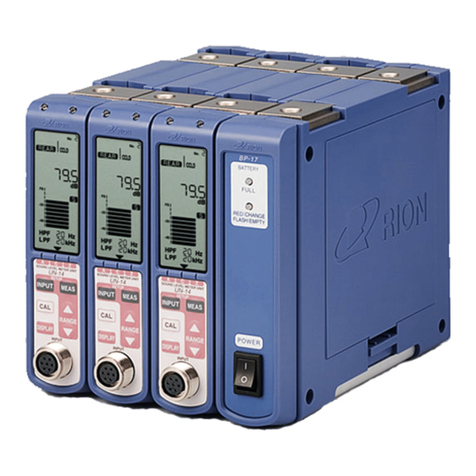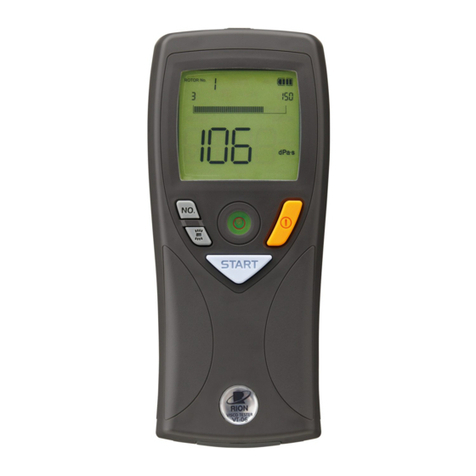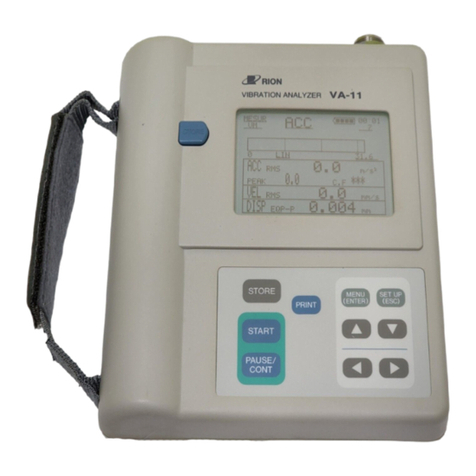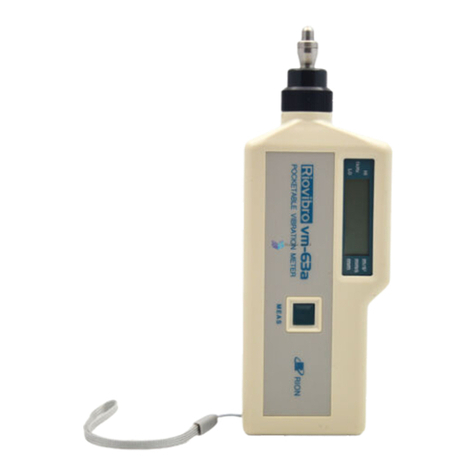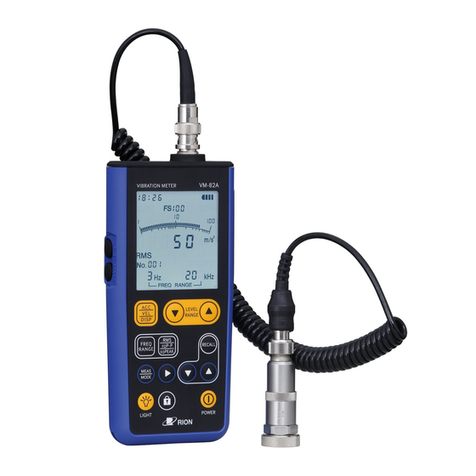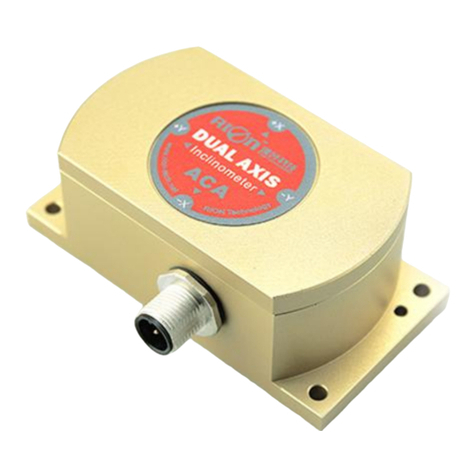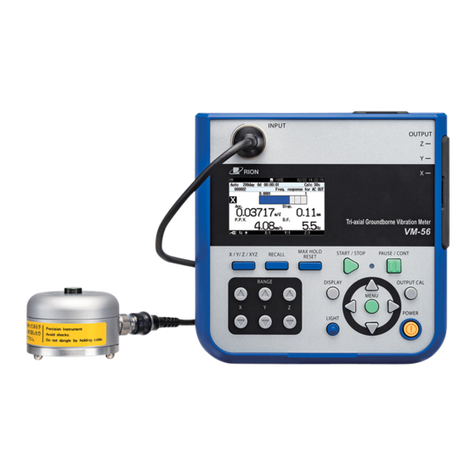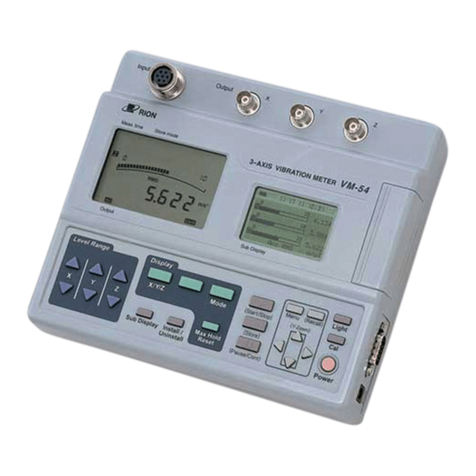
vii
Measurement ...........................................................................................33
Measurement of time-weighted sound level Lp(instantaneous value) .33
Measurement of maximum time-weighted sound level Lmax ..............35
Connectors ..............................................................................................37
MIC. IN connector .............................................................................37
Rear-panel connector .........................................................................38
Wiring diagram ..................................................................................39
DC power supply ......................................................................... 40
Reset control ............................................................................... 40
Default Values .........................................................................................41
Technical Reference .................................................................................42
Microphone and Preamplier .............................................................42
Construction and Operation Principle............................................42
Thermal Characteristics ................................................................43
Humidity Characteristics...............................................................43
Preamplier.................................................................................. 44
Integrated sound source ............................................................... 44
Condensation-preventing heater ................................................... 44
Inuence of Microphone Extension Cable ..........................................45
Frequency Weighting Network........................................................... 46
RMS Detection Circuit and Time Weighting ......................................47
Inuence of Background Noise.......................................................... 50
Description for IEC 61672-1 ...............................................................51
IEC61672-1 (JIS C 1509-1) Frequency Response ...........................59
Reference incidence direction and reference point position ...........61
Frequency Response .....................................................................62
Effect of All-Weather Windscreen WS-13 ....................................62
The greatest susceptibility conguration for radio frequency elds ...... 64
Frequency response adjustment data for periodic test................... 64
The lower and upper limits of the linear operating range ............. 65
Directional Characteristics ........................................................... 66
Random incidence response correction......................................... 69
Statement of conforming to the basic statement............................ 69
Specications ..........................................................................................70












